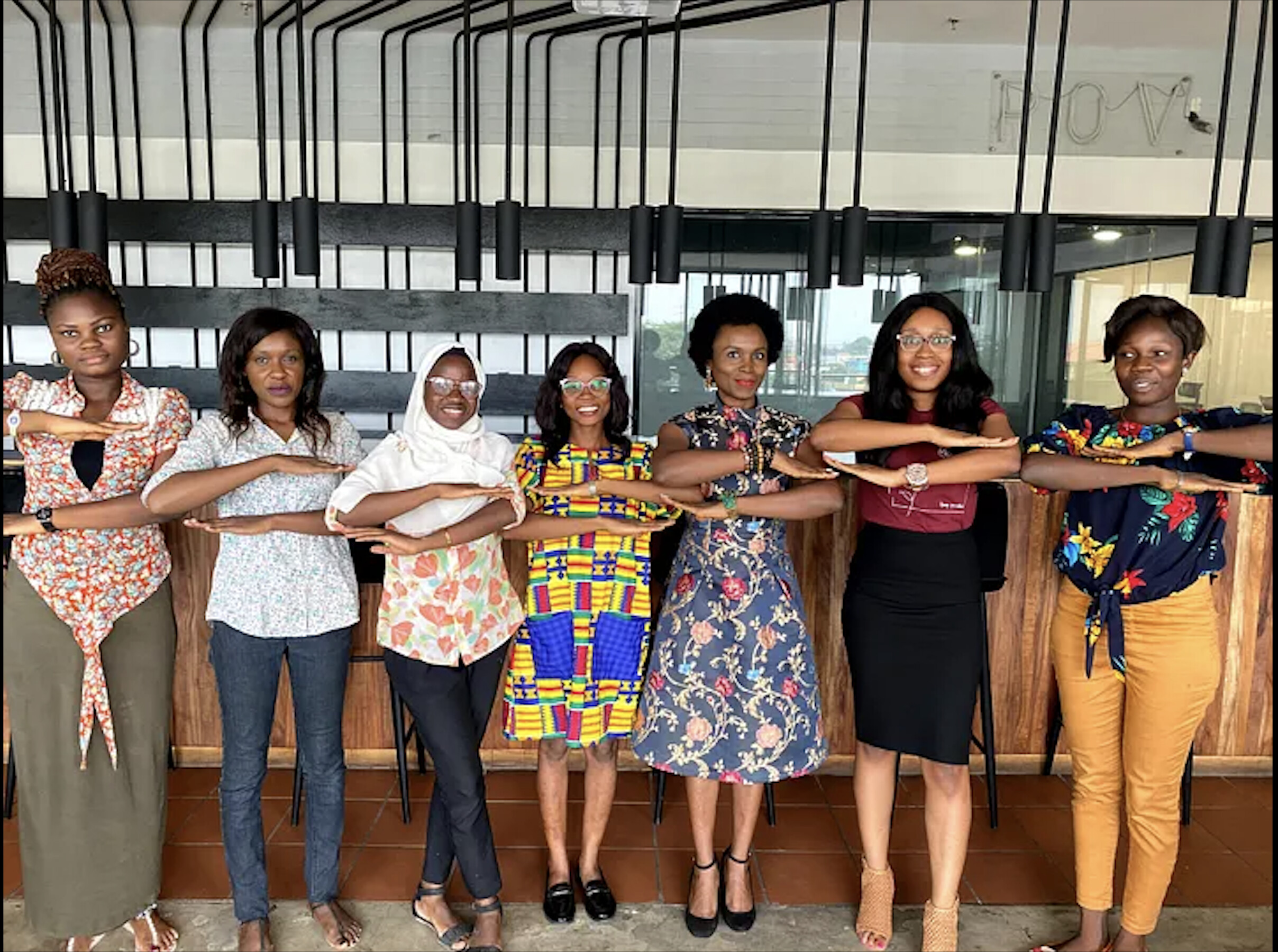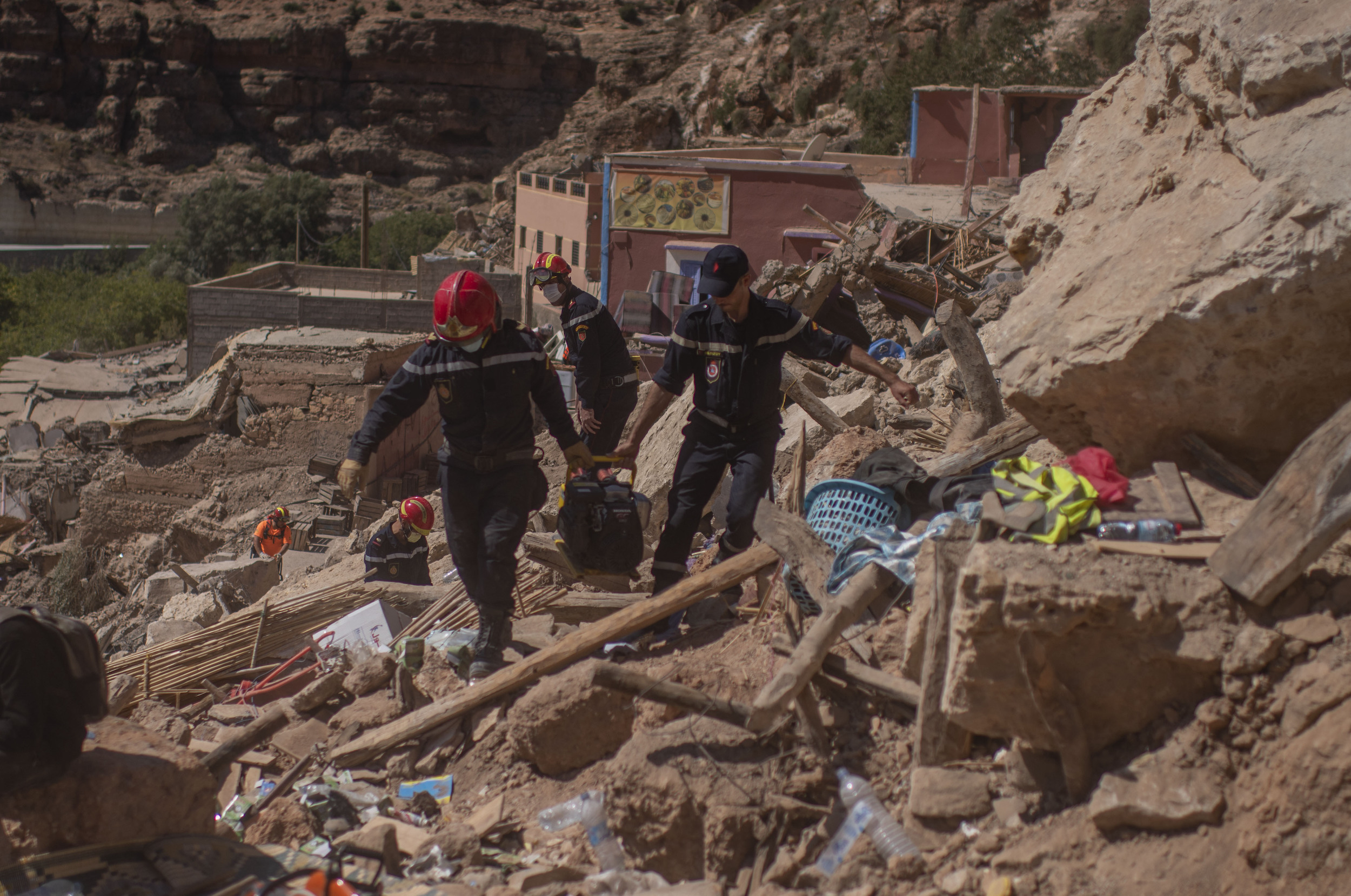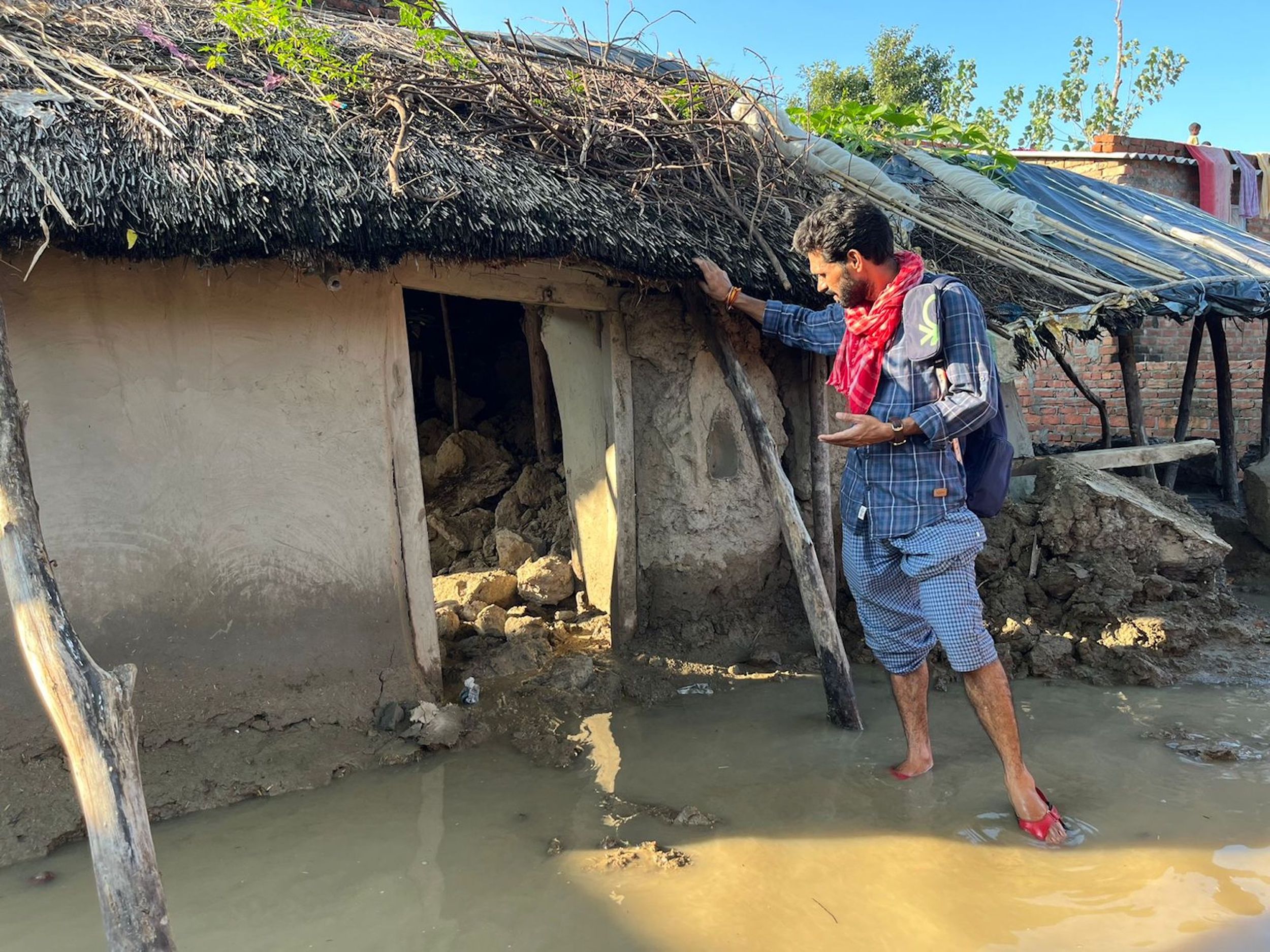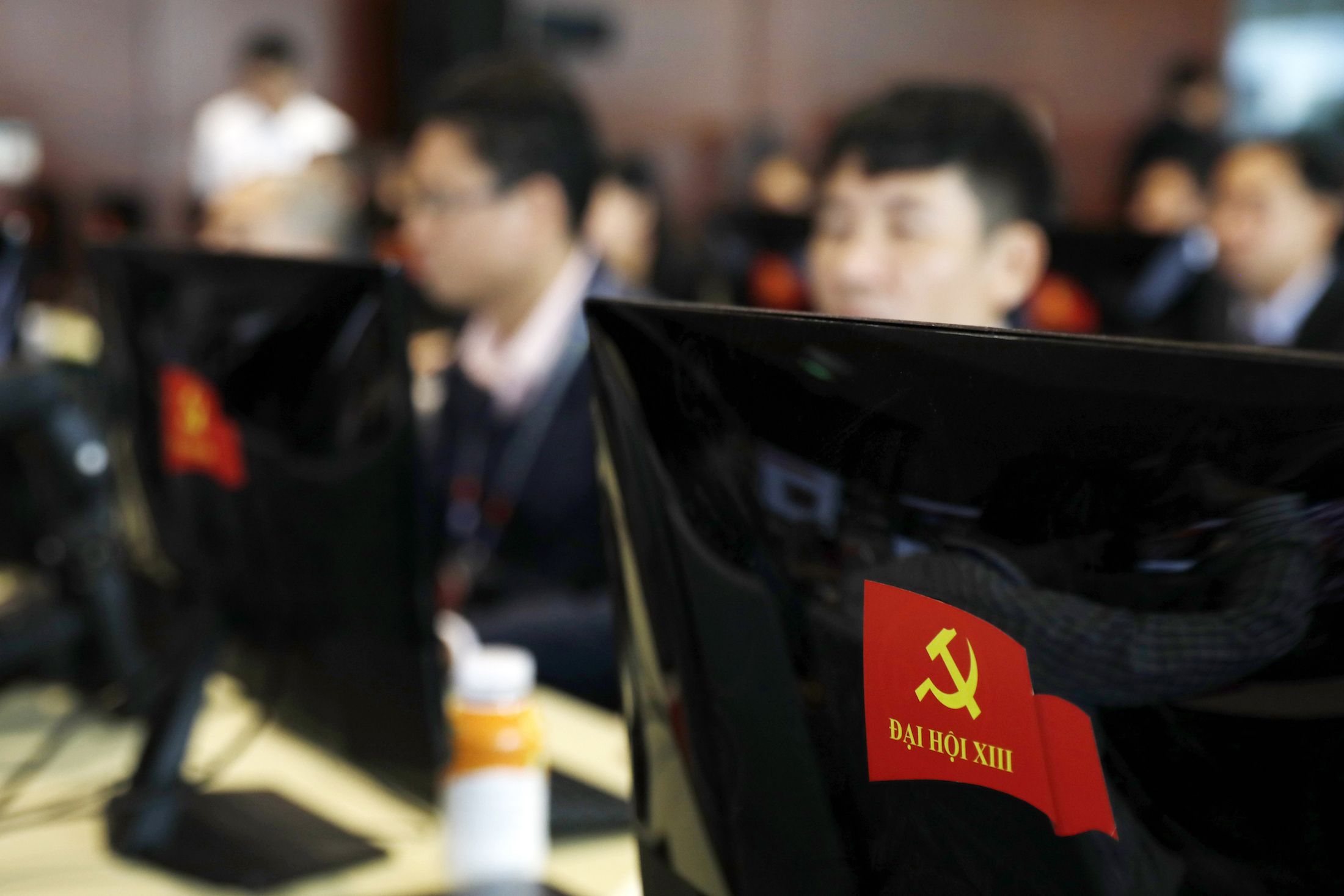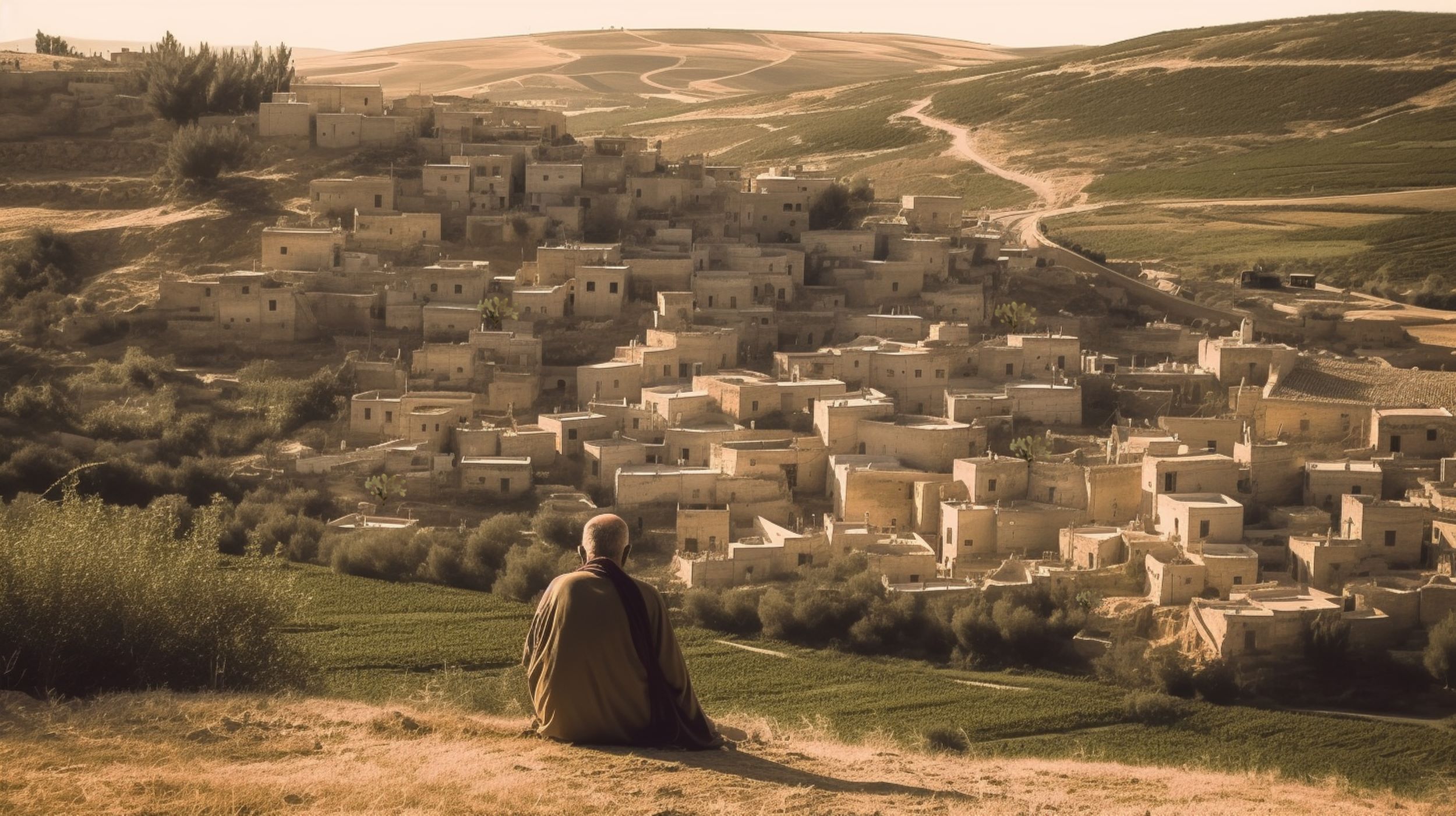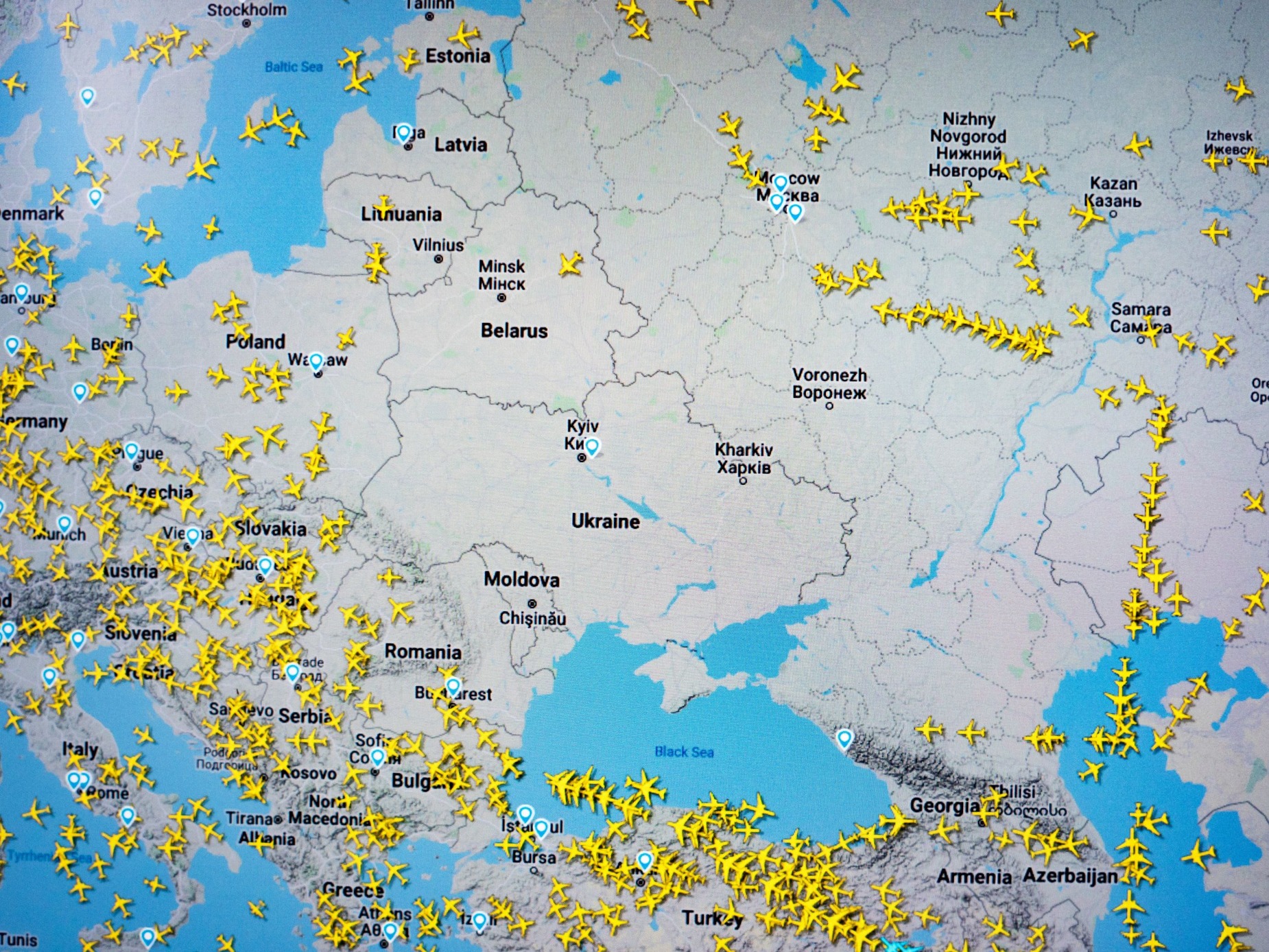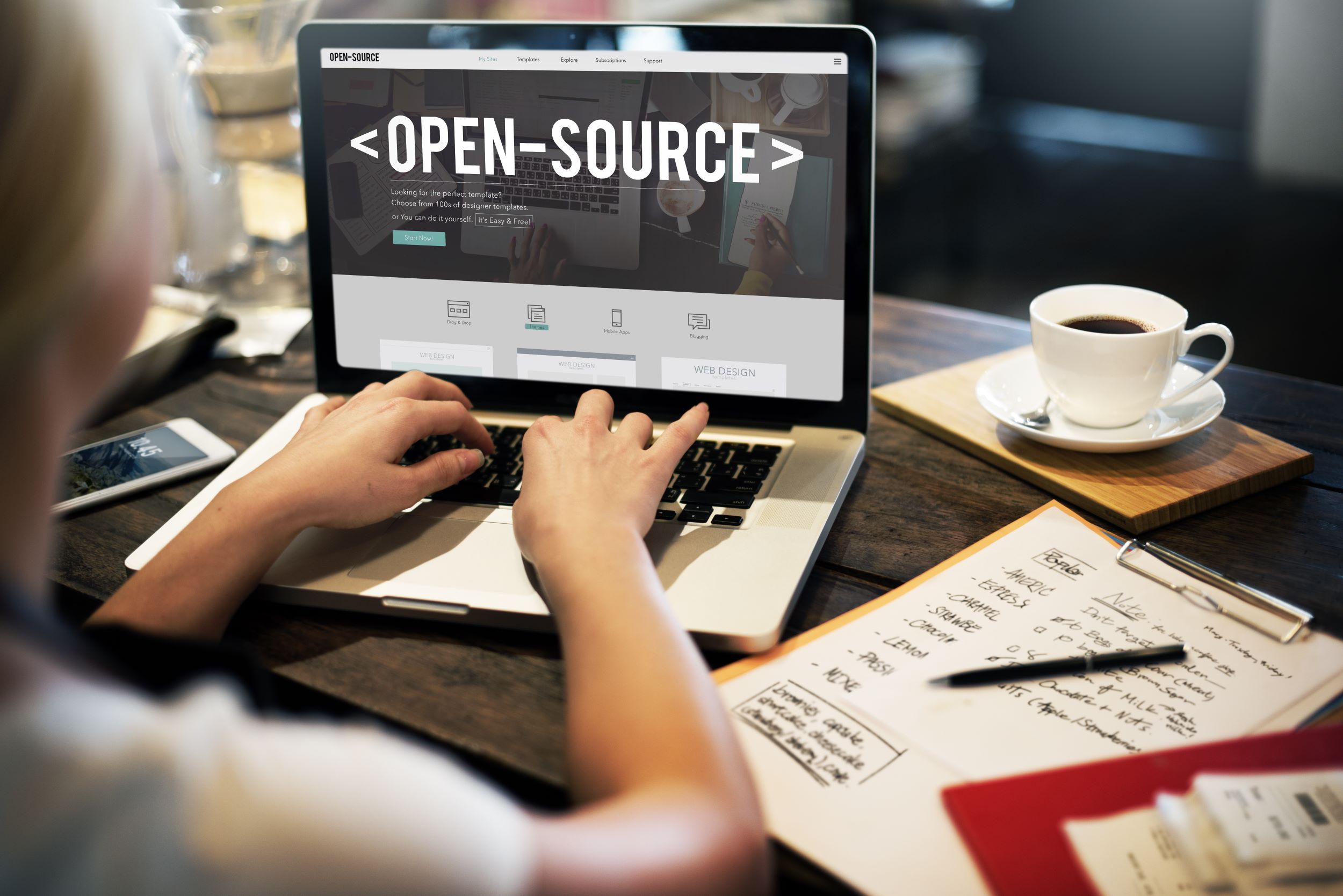مذ بدأتُ دراسة علم النفس وأنا أحاول إسقاط النظريات والدراسات والأبحاث التي أدرسها على الكثير من الأمور في حياتي اليومية، وبما أنني أُعتبر فردا في مواقع التواصل الاجتماعي ولديّ حسابات على كل من فيسبوك وتويتر وإنستغرام وغيرها، أجدني كثيرا ما أفكّر في سؤال العقل ودوره والسلوكيات البشرية المختلفة في الطريقة التي يتعامل بها الأفراد مع هذه المواقع.
يغفل الكثيرون ممن يتعاملون مع هذه المواقع أن اللاوعي لديهم والتفكير والعواطف والإدراك، تلعب دورا كبيرا في طريقة استخدامهم لها، بدءا من كتابة منشور أو مشاركته أو الإعجاب بمنشورات الآخرين أو حتى المتابعة بصمت.
كثيرٌ من الأبحاث والدراسات استنتجت بعضا من العوامل والأسباب التي تدفع الأفراد للمشاركة بأشكالها المختلفة في هذه المواقع، قد يكون أبرزها ناتجا عن احتياجات نفسية فردية مثل تعزيز الذات والهوية الشخصية وشعور الانتماء والترابط الاجتماعي وخلق محتوى مفيد وفعّال. لكن كيف تلعب طريقة تفكيرنا دورا مهمًّا في تعاملنا مع ما نشاهده من أخبار ومنشورات في تلك المواقع؟
يتأثر العقل البشري بكثير من المحفزات الخارجية التي تدفعه لاتخاذ قرار أو تحدد طريقة تعامله مع ما يواجهه في حياته اليومية. ولنفهمَ أكثر كيف تتعامل عقولنا مع تلك المحفّزات التي تجعلنا نشارك وننشر الأخبار والقصص على فيسبوك وغيره من المواقع، قد تكون الاستعانة بكتاب دانيال كانيمان "التفكير.. بسرعة وببطء" خيارا جيدا.
أشار كانيمان إلى أن العقل البشري يتّبع في تفكيره نظامين اثنين: أحدهما سريع والآخر بطيء. يتعامل النظام السريع مع الملاحظات اللاواعية البديهية، أي مع المهارات الفطرية أو الأساسية، فيما يختصّ النظام البطيء بالتعامل مع الملاحظات الواعية والمنطقية الناتجة أساسا عن المهارات المُكتسبة من تجاربنا الحياتية. وبينما يحدث النظام السريع بشكل تلقائي، يحتاج النظام البطيء إلى الكثير من الاهتمام والتركيز.

يشتمل العقل البشري على حالتين من الإدراك وفقًا لهذين النظامين المختلفين، أولهما ما سمّاه كانيمان بالسهولة المعرفية، أي "الحالة التي يكون فيها العقل حينما يشعر أن الأمور تسير على ما يرام، لا تهديدات ولا أخبار تستدعي الانتباه وتركيز الجهد تجاهها". وبعبارة أخرى، فإن النظام السريع هو المسؤول والنظام البطيء في وضع الخمول.
ولو نظرنا إلى الطريقة التي نستخدم بها مواقع التواصل الاجتماعي لوجدنا الآتي: تصفح سريع للمشاركات والأخبار، وتمرير سريع وبدون تركيز بين المنشورات سواء على الشاشة الكبيرة أو الصغيرة، أي أننا في معظم الوقت نكون في حالة من الارتياح والاسترخاء، حتى إن خضنا نقاشا أو كتبنا تعليقا هنا أو هناك، ننظر إلى الأمر على أنه وضع سهل مريح لا يتطلب الجهد أو التحدي.. الأمر ينطبق على تصفحنا للأخبار الثقافية أو الطبية أو أخبار المشاهير، أكثر مما ينطبق على تصفحنا للأخبار السياسية ربما.
تلعب مجموعة من العوامل والأسباب التي تؤدي إلى السهولة المعرفية دورا في جعلنا نشارك خبرا أم لا، منها وضوح ما نقرأ وسهولة فهمه، تكرار المعلومات التي نتصفحها، مطالعة الأخبار التي تتوافق مع أفكارنا ومعلوماتنا التي بدورها تجعلنا نشعر باليقين حول الأشياء، فالعالم وما يحدث فيه يبدو منطقيا بالنسبة لنا، مما يجعلنا نشعر بالراحة واليُسر ويضعنا في مزاج جيد.
- الأخبار العاجلة والنصوص الواضحة: يؤدي هذا النوع من الأخبار إلى السهولة المعرفية وتحفيز عمل نظام التفكير السريع بشكلٍ جيد.
لو جئنا إلى المثال الآتي وطلب منك اختيار أحد الخيارين: وُلد أدولف هتلر عام 1892 | وُلد أدولف هتلر عام 1887
وفقًا لنتائج الدراسة التي أجراها كانيمان، فإن معظم الأشخاص يميلون إلى اختيار الجملة الأولى أكثر من الثانية، بالتأكيد تستطيع استنتاج أن الخط العريض والواضح أثَّر في الاختيار.
وإذا قمنا بإسقاط هذه النتيجة على مشاركة الأخبار في مواقع التواصل الاجتماعي، فسنلاحظ أن الأخبار العاجلة لها تأثير مماثل تماما، فيميل الأشخاص إلى مشاركتها لأنها تجذب اهتماما أكبر من الأخبار العادية، خاصة أنها تمتاز بقصر جُملها مما يجعلها تبدو بشكلٍ أوضح وأسهل.
-
النصوص البسيطة: غالبا ما تكون الأخبار المكتوبة بنصوص بسيطة أكثر سهولة في التحليل والفهم وأكثر عرضةً للمشاركة، لأنها تعمل على تحفيز نظام التفكير السريع فلا تحتاج وقتا أو جهدا كبيرين للوقوف عندها والتفكير فيما إذا كانت تستحق المشاركة أم لا.
-
"تأثير التهيئة" وطرح الأسئلة: فلنفرض أنك حدّثت شخصا ما عن قصص الملوك والسلاطين ثم طلبت منه أن يكمل الحرف الناقص في الكلمة التالية: -صر، بالتأكيد سيضع حرف القاف لتصبح قصر. غير أنك لو حدّثت شخصا آخر عن قصص الفراعنة وحضارتهم وتاريخهم وطلبت منه أن يكمل الكلمة نفسها، فسيكملها لتصبح مصر، أي أنك لعبتَ دورا بالقصة التي رويتها في قراره النهائي.
يُعرف هذا في علم النفس بتأثير التهيئة (priming effect) أي زيادة الحساسية تجاه مثير معين وفقًا لتجربة سابقة، فقد قمتَ بتحفيز الشخصين بطريقة لاواعية وجعلتهما يصلان إلى قرار محدد بناءً على تجربة سابقة، وهي القصة التي رويتها.
إذا طبّقنا هذا المفهوم على وسائل التواصل الاجتماعي، فهل يمكن أن نستنتج أن طرح الأسئلة يحفّز التفكير كما في القصة السابقة؟
يرتبط طرح الأسئلة غالبا بمزيد من التعليقات والنقاشات أو حتى مشاركة الخبر، فبمجرد طرح السؤال حول الخبر المنشور يبادر الفرد إلى الإجابة عنه بتعليق أو مشاركة للأسباب النفسية التي ذكرناها سابقا، أي التعريف بالهوية الشخصية وتعزيز الانتماء وخلق محتوى قيّم. فلو أنك وضعتَ خبرا عن أحد الأحزاب السياسية وألحقته بسؤالٍ للقارئ من قبيل "هل تؤيد ما قام به الحزب؟"، فإن علامة الاستفهام تحفّزه للتعليق أو المشاركة.
التوتّر المعرفي والنظام البطيء
على النقيض تماما من السهولة المعرفية، يعتمد التوتر المعرفي على النظام البطيء، أي مع الملاحظات الواعية والمنطقية التي يتخذها الأفراد بعناية كبيرة لتجنب أكبر قدر من الأخطاء، لكنها في الوقت نفسه تستغرق وقتًا أطول ومزيدا من الجهد والتركيز.
يعتمد التوتر المعرفي في مواقع التواصل الاجتماعي على العوامل النقيضة التي ذكرناها سابقا، ولو جئنا إلى عالم الفيسبوك فسنجد أن الكثير من مستخدميه يمرّون سريعا على الأخبار المعقدة والمنشورات التي يصعب تحليلها، أي أنهم فضّلوا الاعتماد على نظام التفكير السريع، في حين أن الذين قرروا تحفيز النظام البطيء وبذل بعض الجهد والوقت لقراءة الخبر وتحليله، ومن ثم فهمه وتكوين رأي حياله؛ ربما يكونون ميالين إلى ترك تعليق على الخبر مقابل مشاركته أو الإعجاب به.
في المحصّلة، هناك الكثير من العوامل التي تؤثر على الطريقة التي يتعامل بها الأفراد مع الأخبار على مواقع التواصل الاجتماعي، منها الصور الجميلة أو العبارات البسيطة والخط الكبير وطرح الأسئلة، الأمر الذي يجذب اهتمامهم ويحفّز التفكير اللاواعي لديهم لمشاركتها أو التعليق عليها. هنا نتحدّث عن عناصر الجذب والتأثير وتلازمهما الأزلي.










